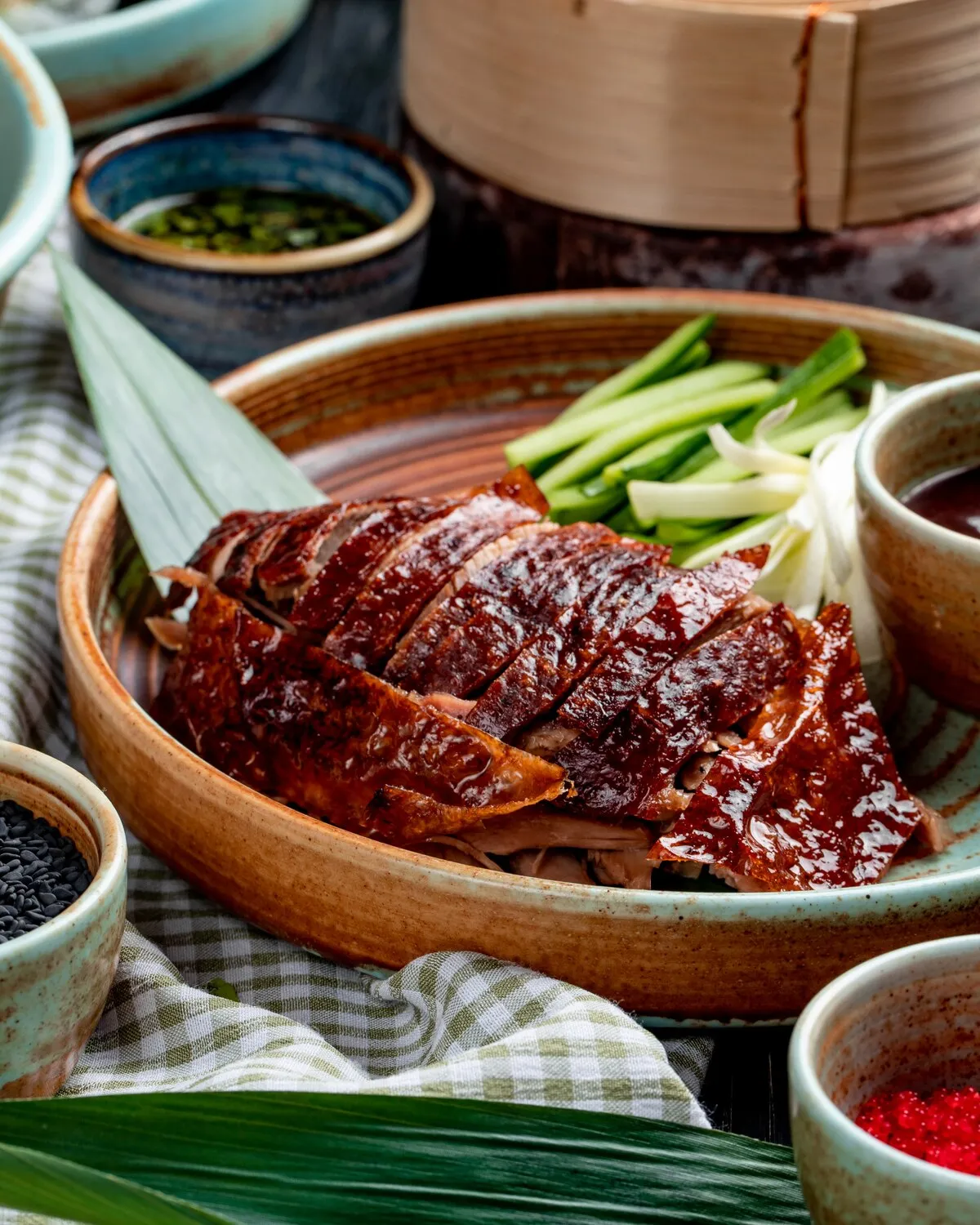
Roast Lamb
Roast lamb is also mentioned in online reviews as a popular and delicious dish at Carmel Restaurant.
Nutrition Facts
* The % Daily Value (DV) tells you how much a nutrient in a serving of food contributes to a daily diet. 2,000 calories a day is used for general nutrition advice.
Roast lamb has been a celebratory dish in Britain and other European countries for centuries, linked to religious festivals like Easter and spring celebrations. Its roots lie in agricultural traditions and the availability of lamb during specific seasons. Different cultures have adapted the roasting techniques and seasonings based on regional ingredients and preferences.
Roast lamb, particularly a slow-roasted leg of lamb, is often a centerpiece of special occasions and family gatherings. It represents hospitality, abundance, and tradition.
Easter Celebration
In many Christian cultures, roast lamb is a traditional Easter dish, symbolizing the Lamb of God and the celebration of rebirth and renewal.
Sunday Roast
In the United Kingdom, roast lamb is a popular option for the traditional Sunday roast, a meal often shared with family and friends.
Family Gatherings
The size and grandeur of a leg of lamb make it ideal for feeding a large group, solidifying its role in family gatherings and celebrations.
Roast lamb offers a rich and savory flavor profile, often enhanced by herbs, garlic, and sometimes a touch of citrus. Slow roasting produces tender, succulent meat with a crispy exterior.
The primary flavor is the inherent savory taste of lamb, which is often described as richer and slightly gamier than beef. Common flavor additions include rosemary, thyme, garlic, and lemon. The slow roasting process allows the flavors to meld together and penetrate the meat, resulting in a deep, complex taste. The Maillard reaction on the surface creates a desirable browned crust that adds a nutty and caramelized note. Depending on the recipe, other ingredients like mustard, anchovies, or wine can contribute additional layers of flavor.
Temperature Control
Maintain a low and consistent oven temperature (around 300°F/150°C) for optimal tenderness. Use a meat thermometer to monitor the internal temperature.
Resting the Meat
Allow the lamb to rest for at least 20-30 minutes after roasting, loosely covered with foil. This allows the juices to redistribute, resulting in a more tender and flavorful final product.
Scoring the Fat
Score the fat cap on the lamb before roasting to allow the fat to render properly and create a crispy skin. Rub the scored fat with salt, pepper, and herbs for maximum flavor.
Basting
While not always necessary with slow roasting, basting the lamb occasionally with its own juices can help to keep it moist and flavorful.
Explore additional Roast dishes and restaurants
Explore RoastDiscover top dining spots and culinary experiences in Prince George.
Explore Prince GeorgeLearn more about the food culture, restaurant scene, and culinary heritage of Canada.
Explore Canada